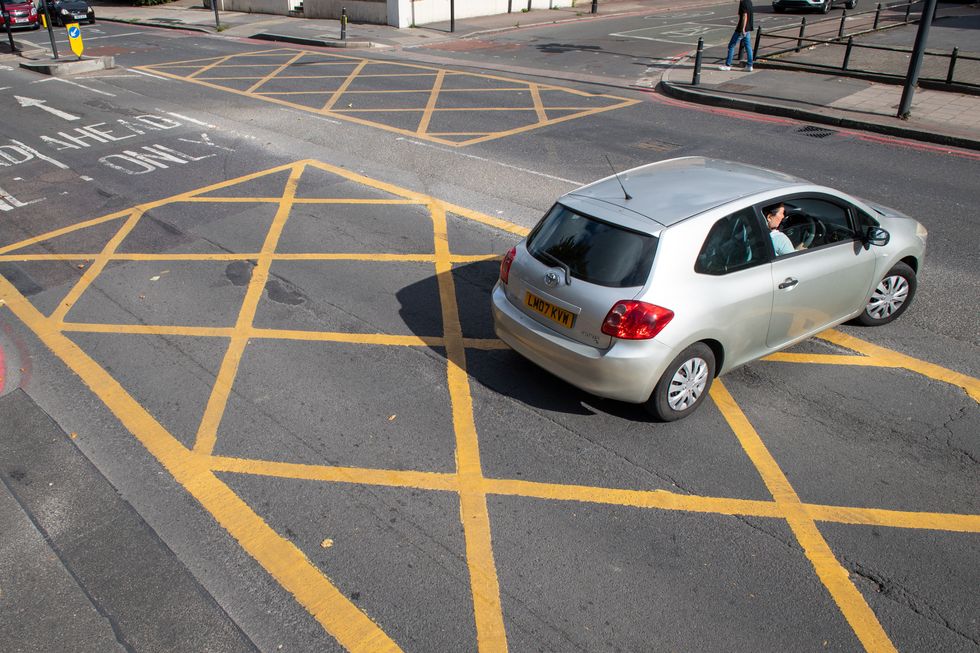Drivers warned to expect 'avalanche' of yellow box junction fines as new rules introduced

General view of traffic passing through a yellow box junction on the A2, in south London.
Dominic Lipinski

Drivers are being warned to expect an “avalanche” of fines as councils across England will soon be able to enforce yellow box junctions.
The RAC claimed many motorists will be unfairly punished unless the Government improves its design, maintenance and enforcement guidelines for local authorities.
General view of traffic passing through a yellow box junction on the A2, in south London. Local authorities in London and Cardiff raked in nearly 60 million in just 12 months from drivers caught breaking road rules such as blocking yellow box junctions, figures show.
Dominic Lipinski
The Department for Transport will soon begin accepting applications from councils to issue fines for moving traffic offences such as yellow box misuse, making an illegal turn or driving the wrong way down a one-way street as part of efforts to promote cycling and walking.
Successful applicants will be able to issue penalty charge notices (PCNs) for these offences from June 1.
Yellow boxes are used to ensure traffic flows smoothly through busy junctions and motorists should only enter them when their exit is clear or they are waiting to turn right.
But the RAC is concerned that many have “design flaws” such as being too large or having buildings or street furniture obstructing the view of where they end, causing drivers to be trapped through no fault of their own.
The situation can be compounded by faded lines which are difficult to see.
Vehicles queue in heavy traffic in south London.
Dominic Lipinski
Government guidance on yellow boxes fails to state their specific function, how to design them in relation to vehicle movements or how to maintain or enforce them, according to the RAC.
The only local authorities with the power to currently enforce moving traffic offences in England and Wales are Transport for London (TfL), the London boroughs and Cardiff Council.
On TfL’s red routes, PCNs are £160, reduced to £80 if paid within 14 days.
An investigation by the RAC in 2020 found that London and Cardiff raked in £31.4 million in the 2018/19 financial year after issuing more than half a million PCNs for yellow box infringements.
RAC head of roads policy Nicholas Lyes said: “In the absence of definitive guidance on the design, maintenance and enforcement of box junctions, there will be a high degree of confusion among drivers and local authorities, which could lead to an avalanche of penalty charge notices being wrongly issued and then having to be appealed.
“This will inevitably lead to an unnecessarily high number of appeals for local authorities to review, as well as some poor outcomes for drivers.
“We have written to the Department for Transport asking them to update the guidance to make it clear to local authorities what the minimum standard for design and condition of a box junction should be before letting enforcement begin, but they are adamant the present guidance is sufficient.
“We are worried that failing to update guidance to include the lessons learnt from more than 15 years of enforcement in London will lead to countless wrong fines being issued, no end of unnecessary stress for drivers who feel they have been unfairly treated and thousands of wasted council hours investigating appeals.
“It’s absolutely crucial that yellow box junctions are enforced fairly and, as things stand, this may not be the case, which will mean many drivers will be treated poorly and lose out financially as a result.”